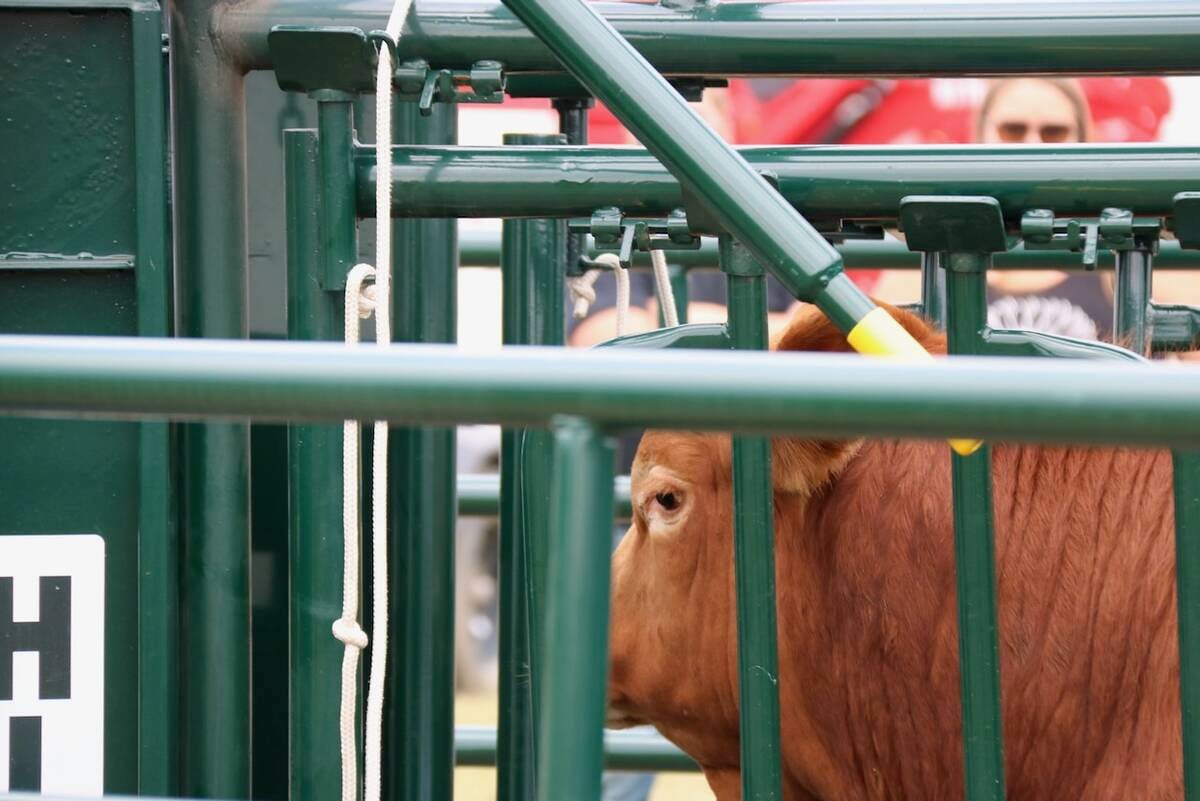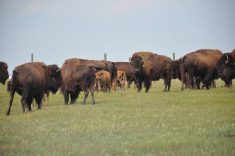Alberta sheep producers will be asked this fall to increase their checkoff to $1.50 per head, the first increase since the $1 checkoff started 25 years ago.
“We have 2007 expenses with a 1982 income,” said Irene Rutledge, chair of the Alberta Sheep and Wool Commission.
The increase will boost the budget from $140,000 a year to more than $200,000, depending on sheep sales.
The commission’s budget has long been stripped of extra expenses. Few directors are reimbursed mileage or paid the full $85 per day to attend meetings. Even the organization’s newsletter has been cut to three issues a year from four because of postage costs.
Read Also

Good handling equipment a must on cattle operations
It’s important for the safety of producers and everyone else dealing with their stock that handling equipment is functional and safe.
“I’m not sure how we’re going to fund our newsletter and keep contact with producers,” said Rutledge.
E-mail is not an option since few sheep producers have internet.
Rutledge is one of the seven representatives on the board of directors. Her zone stretches through Red Deer, east to the Saskatchewan border and west past Rocky Mountain House to the British Columbia border.
“I’ve never felt I really represented my zone super well because it’s so big,” she said.
While the commission can’t afford to spend time driving across the province, she spends more than an hour a day, on average, on sheep commission business answering e-mails and sitting on government committees.
Rutledge said each year the commission is asked to attend more government meetings to have input on animal welfare and transportation, the agricultural policy framework, on-farm food safety and the Canadian Sheep Identification Program.
Without money to hire staff or pay directors’ expenses to the meetings, their opinions are not being heard.
Each new government program brings with it more work for farm organizations. The commission has one full-time staff member who works four days a week and a part-time assistant who works two days a week.
“We’re skimping on staff. We just don’t have money to pay for any more,” she said.
“We almost feel we’re in a do-or-die situation.”
John Haarman, the commission’s finance chair, said sometimes they ask other wealthier organizations like the Alberta Beef Producers to represent sheep producers at government meetings.
“Instead of going to every meeting we ask the cattle producers to help us,” said Haarman.
“We’re really scraping by. A lot of directors don’t get paid,” he said.
As chair of the finance committee, Haarman travels to the commission’s office in Airdrie every two week without pay.
“There’s lots of strain on directors.”
Last year producers rejected a 30 cents per head check-off increase during their fall meeting. Only 53 of the 2,000 sheep producers voted on the increase, which was lost by about 15 votes, Rutledge said.
She said they don’t think producers had a good understanding of the need for an increase. The board now realizes a 30 cents per head increase would still leave them scrambling to cover the budget.
Having a healthy producer checkoff allows the commission to access government grant money for research projects, manuals and trade shows. Every dollar in checkoff creates $2.72 in project funding.
Pricey promotion programs have long been eliminated from the budget. Without promotions, producers don’t feel the organization is representing their industry.
“I’m pretty disappointed. The producers complain, but they don’t have any ideas,” said Haarman.
“The increase in the sheep and wool commission checkoff is pretty important if producers want a viable organization who they want to represent them.”














